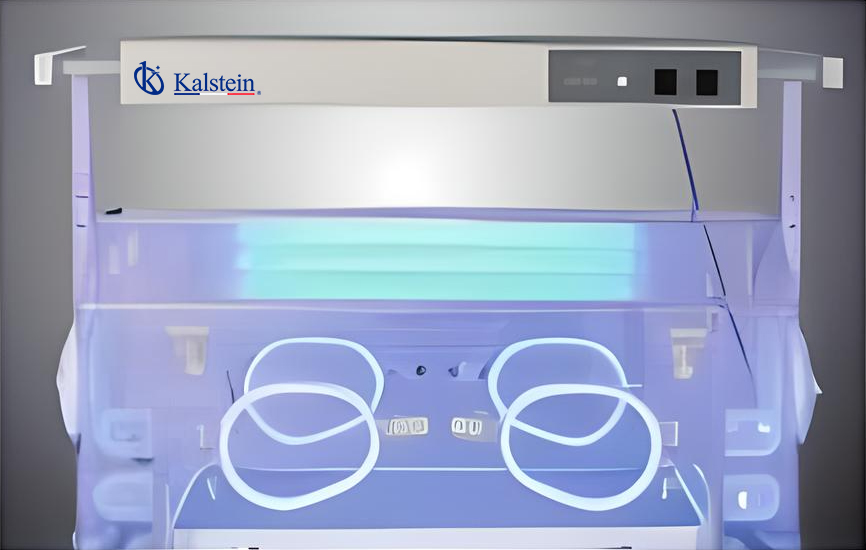Jaundice, a common condition in newborns, refers to the yellowing of the skin and whites of the eyes (or sclera) that occurs when there is an excess of bilirubin in the blood.
Bilirubin is the product resulting from the normal breakdown of red blood cells. Normally, bilirubin passes through the liver, which releases it to the intestines in the form of bile (a liquid that aids in digestion).
Jaundice occurs when bilirubin builds up in the blood faster than the newborn’s liver is able to break down and eliminate from the body. This can be due to several reasons, such as the following:
• Newborns produce more bilirubin than adults because they renew their red blood cells more often.
• The liver of a newborn is still developing and may not be able to remove enough bilirubin from the blood.
• The intestines of the newborn absorb a bilirubin that would normally leave the body with feces.
Severe jaundice (when the bilirubin concentration is high, usually greater than 25 mg) that is left untreated can cause deafness, cerebral palsy or other types of brain damage. In rare cases, jaundice can be a sign of another condition, such as an infection or a problem in the thyroid gland.
Doctors recommend evaluating all infants within a few days of birth to see if they have jaundice.
Types of jaundice
The most frequent types of jaundice are:
• Physiological (normal) jaundice: most newborns have this type of mild jaundice due to the immaturity of their livers. It usually appears between the second and fourth days of life and disappears when they are between one and two weeks old.
• Jaundice of prematurity: it is frequent in premature babies, because their bodies are even less prepared to excrete bilirubin effectively. To avoid possible complications, premature babies are treated even when their bilirubin concentrations are lower than those of full-term babies with normal jaundice.
• Blood group incompatibility (Rh or ABO problems): if a baby has a different blood group than her mother, the mother may make antibodies that destroy the baby’s red blood cells. This will cause a sudden buildup of bilirubin in the infant’s blood. Jaundice caused by blood group incompatibility may appear as early as the first day of life. Before, Rh problems were the cause of the more severe form of jaundice, but now they can be prevented by injecting Rh immunoglobulin into the mother.
Symptoms and diagnosis
Jaundice usually appears around the second or third day of life. The skin of a baby with jaundice usually begins to turn yellowish first on the face, then on the chest and abdomen and, finally, on the legs. Jaundice can also cause the baby’s sclera to turn yellow.
Since most babies now return home from the hospital one or two days after birth, it is important that their pediatricians evaluate their jaundice one or two days later.
Treatment
Most cases of neonatal jaundice do not require treatment. Mild or moderate jaundice will disappear after one or two weeks, when the baby is able to eliminate the excess bilirubin in the blood on its own.
It may also be advisable to breastfeed the baby more often or give complementary bottles of artificial milk to help eliminate bilirubin through the stool. In some cases, the doctor may ask the mother to stop breastfeeding for a certain time. If this happens to you, remove milk using an extraction pump to maintain your milk production, and resume breastfeeding when the baby has overcome jaundice.
For high levels of jaundice, you can use phototherapy, a treatment with a special lamp that helps the body eliminate bilirubin.
Knowing that newborn patients with hyperbilirubinemia need the best care to treat jaundice, at Kalstein we offer our line of phototherapy products, which offer intensive phototherapy and high reliability and stability using LED light. That’s why we invite you to take a look at: HERE

